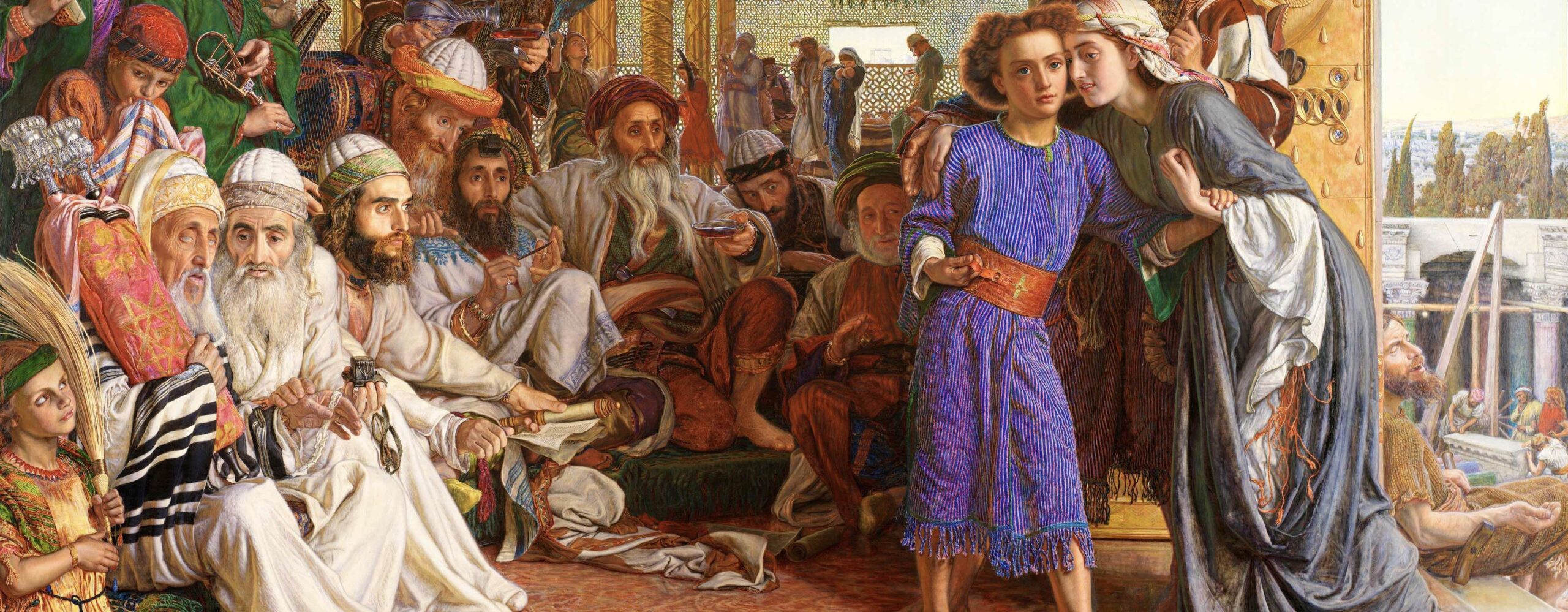Step into the Gas Hall at Birmingham Museum & Art Gallery and immerse yourself in a world where poetry meets paint and craftsmanship is weaved with passion.
Closed since March 2020 due to essential maintenance, Birmingham Museum & Art Gallery has reopened the doors to its Gas Hall to showcase the Pre-Raphaelite movement. Victorian Radicals, fresh from its award-winning tour of the US, unveils a treasure trove of more than 150 objects that shine a light on the radical vision of three generations of British artists, designers and makers.
Birmingham Museums holds one of the most important collections of Pre-Raphaelite art anywhere in the world, and this exhibition is a celebration of beauty in the face of industrialisation. It’s your chance to get up close and explore the creativity of those who revolutionised the second half of the 19th century.
—
Five Reasons To Visit Victoria Radicals
Rare Collection: Explore the richness and diversity of Birmingham’s outstanding collection, including vibrant paintings and exquisite drawings alongside jewellery, glass, textiles and metalwork.
Revolutionary Vision: From the Pre-Raphaelites’ rejection of academic conventions to a celebration of craftsmanship, it’s a fascinating glimpse into the ideals that shaped this period of artistic innovation.
Masterpieces on Display: Featuring renowned artists such as Ford Madox Brown, Edward Burne-Jones, William Morris and Dante Gabriel Rossetti.
Enduring Relevance: Many of the themes are still debated today, including class and gender identity, and the value of handmade versus machine production.
Pushing Boundaries: Victorian Radicals invites visitors to reflect on the significance of these issues in an age marked by rapid technological advancement and social change.
—
How Birmingham Played Such A Pivotal Role
The mid-19th century witnessed a clash between tradition and innovation, with the Pre-Raphaelite Brotherhood emerging as the torchbearers of a new artistic ethos. They rejected the mechanised processes of mass production; instead seeking inspiration unencumbered by the constraints of industrialisation.
The link between the Pre-Raphaelites and Birmingham runs deep, intertwining the city’s industrial heritage with its artistic community. Amidst the clamour of factories, the seeds of artistic rebellion were sown, transforming it from a bustling industrial hub into a centre of creativity.
A key figure was John Ruskin, whose influence extended beyond London’s elite to the Midlands where his writings inspired a new generation of artists. His emphasis on the importance of nature, truth to materials and meticulous attention to detail resonated deeply with the Pre-Raphaelites as they embraced a more authentic ethos.
As a thriving centre of manufacturing and trade, Birmingham attracted a generation of entrepreneurs eager to explore new forms of artistic expression. The Pre-Raphaelites found a receptive audience among this burgeoning middle class who were drawn by a rejection of bourgeois values and celebration of the natural world.
One of the most significant contributions to the movement was the establishment of the Birmingham School of Art in 1843. With former King Edward VI grammar school pupil Burne-Jones and Arthur Joseph Gaskin among its alumni, it produced a cohort of talented Pre-Raphaelite painters and designers.
—
Important Artworks To Look Out For
Among the famous works on display is Rosetti’s La Donna Della Finestra, emphasising the Pre-Raphaelite’s use of vibrant colours and emotionally resonant themes. His beautiful Proserpine showcases a rich narrative that reflects a fascination with love, death and redemption.
Hope Comforting Love in Bondage by Sidney Harold Meteyard depicts the poignant scene of Hope consoling Love, symbolising optimism and resilience in the face of adversity; as does The Last of England, by Ford Madox Brown, with its young Victorian couple emigrating to Australia.
Kate Elizabeth Bunce’s Musica underlines the importance of female artists, confirming her place as a pioneering figure within the movement alongside enamel artist Fanny Bunn; embroiderer Mary Newill, and poet, muse and wife of Rosetti, Elizabeth Siddall.
—
Why Not Take A Piece Home With You
The gift shop at Gas Hall is now stocked with scarves, fridges magnets, prints and stationery adorned with Pre-Raphaelite masterpieces (you can also order online here). There’s also a range of quirky must-haves created by talented locals, including Stacey Barnfield’s Colour Palettes and Punks and Chancers “Yes Bab” T-shirts. Perfect if you’re looking for a thoughtful gift for a proud Brummie.
Each purchase supports the work of Birmingham Museums Trust in helping preserve the renowned collections and historic venue for future generations.















